Essential Skills for Supply Chain Leaders in Asia during Pandemic
The Logistics & Supply Chain Management Society
AUGUST 14, 2023
Changing Landscape of Supply Chain Executives Traditionally, supply chain executives excelled in managing functions like transportation, warehousing, inventory, and production planning but supply chain process extends beyond the firm, involving global relationships with suppliers and customers.

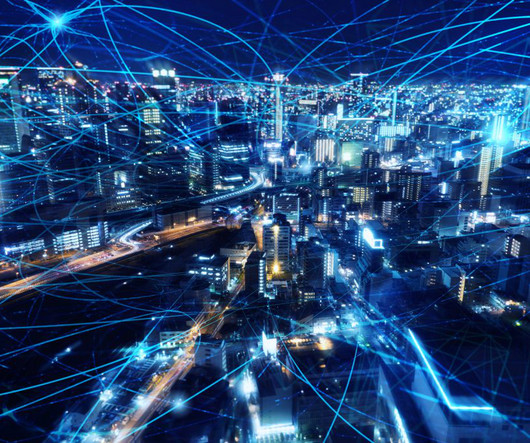

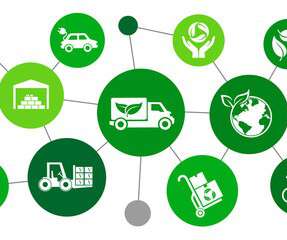
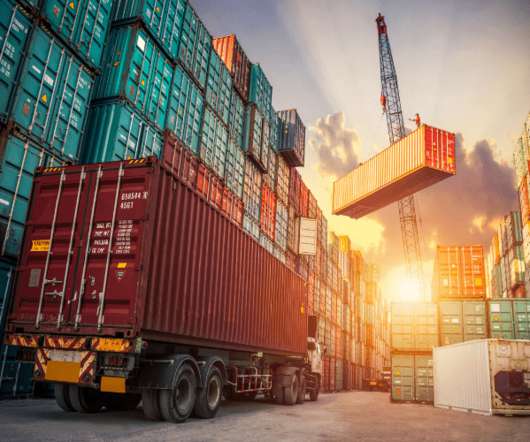

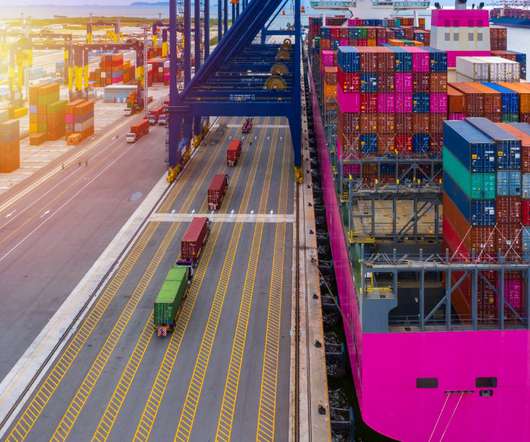





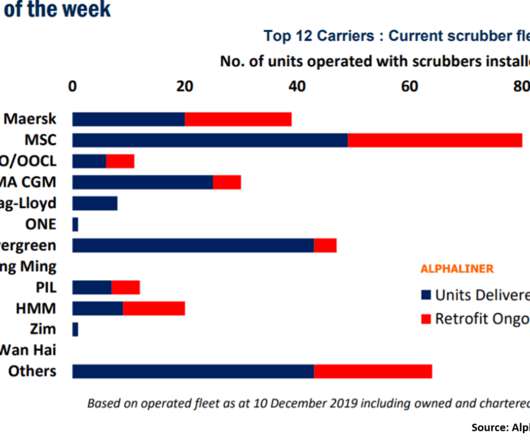











Let's personalize your content